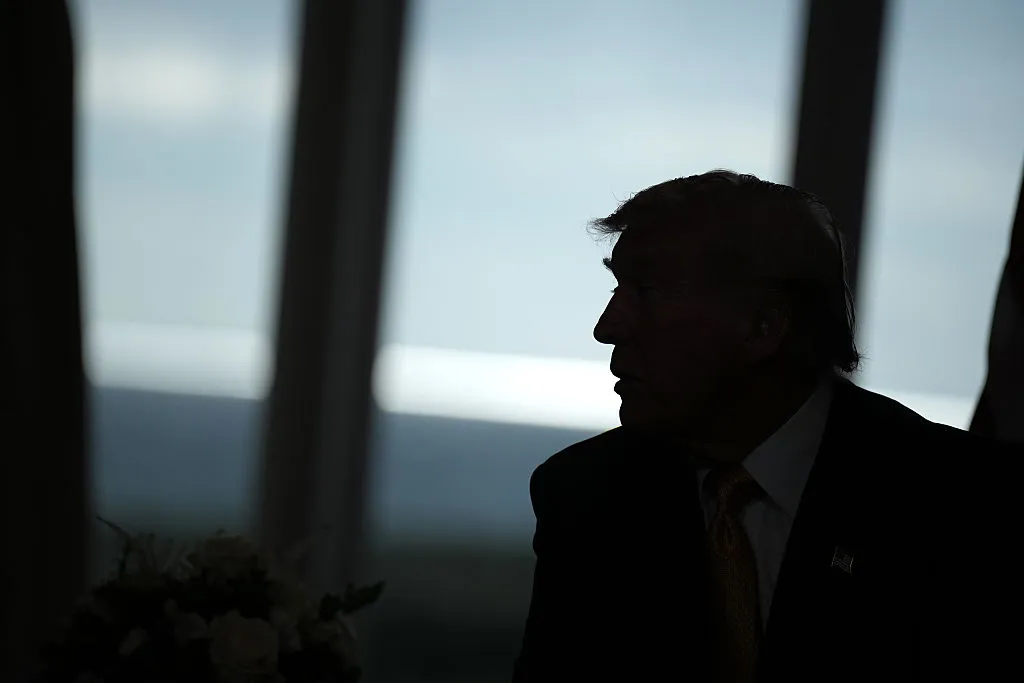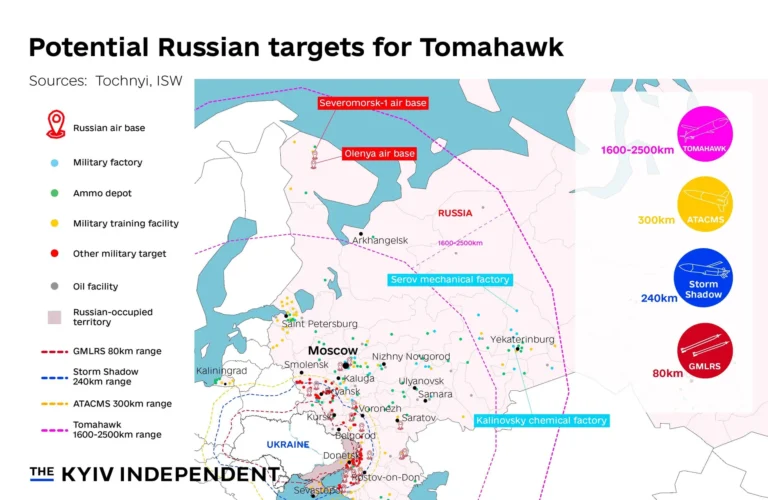
On August 15, U.S. President Donald Trump will sit down face-to-face with Russian President Vladimir Putin in Anchorage, Alaska, the Kremlin leader’s first visit to the United States in a decade. Officially, the White House calls this a “listening exercise” for Trump. Unofficially, many in Kyiv and across Europe fear it could be the moment Ukraine is cut out of its own future.
The Official Spin vs. the Real Concerns
White House Press Secretary Karoline Leavitt insists that this meeting is about gathering facts, not making concessions, with one-on-one discussions “part of the plan.” Secretary of State Marco Rubio has echoed that line, saying, “A meeting is not a win for Putin.”
But the optics alone, a sanctioned war criminal photographed shaking hands with the U.S. president on American soil, would be a political victory for Putin. As Ukrainian President Volodymyr Zelensky bluntly put it:
“Putin will win in this. Because he is seeking photographs.. He needs a photo from his meeting with President Trump.”
Ukraine’s Fears of a Backroom Deal
In recent weeks, Trump has floated the idea of territory swaps, a “peace” plan that would see Ukraine withdraw from partially occupied Donetsk and Luhansk oblasts in exchange for Russia pulling back from parts of Sumy and Kharkiv. Moscow’s own demands go much further: full Ukrainian withdrawal from Kherson and Zaporizhzhia, plus a ban on NATO membership.
Zelensky and his European allies have rejected these terms outright, warning that any withdrawal would hand Russia a launching pad for future offensives. Ukraine’s stance is clear:
- – Ceasefire first.
- – Security guarantees second.
- – Direct Ukrainian involvement in any territorial discussions.
Anything else, Kyiv fears, risks being “sold out” in a Washington–Moscow deal.
The Battlefield Context: Donetsk on the Brink
This summit comes as Russian forces make their most rapid gains in months in eastern Donetsk Oblast. In the past week, Moscow’s troops have advanced up to 10 kilometers toward the strategic Dobropillia–Kramatorsk highway, threatening key supply routes.
Ukrainian monitoring group DeepState reports that small Russian infantry units, often operating without heavy armor, have slipped through thinly manned Ukrainian lines. Severe manpower shortages and a sluggish mobilization system have left some brigades dangerously understrength. Former Azov officer Bohdan Krotevych warns:
“The front line as a stable line no longer exists.. The enemy is advancing toward Kramatorsk and Druzhkivka.”
The timing of this push is no accident. As Zelensky noted, Moscow wants to create “an information backdrop”, headlines of Russian advances, just before Putin sits down with Trump.
Trump’s History With Putin
This isn’t Trump’s first controversial sit-down with Putin. In 2018, at their Helsinki summit, Trump publicly sided with Putin over his own intelligence agencies regarding Russian interference in the 2016 election, a moment that even senior Republicans called “disgraceful.”
Back then, Trump’s Russia hawk advisers, John Bolton, Mike Pompeo and Jim Mattis could at least push back. In his second term, he is surrounded by fewer skeptics, with Rubio the lone high-profile Putin critic in his inner circle. His special envoy, real estate mogul Steve Witkoff, met Putin last week without career diplomats present, and reportedly echoed Kremlin talking points afterward.
Analysts like Fiona Hill, Trump’s former Russia adviser, caution that Putin is less interested in quick deals than in binding agreements he can “take to the bank” later and Trump’s informal, details-light style could make him an easy mark.
The Stakes for Ukraine
For Ukraine, the nightmare scenario is simple: Trump and Putin agree on a ceasefire deal that requires Ukrainian troop withdrawals, and Washington pressures Kyiv to accept it under threat of losing U.S. military aid. If Kyiv refuses, it risks being painted as the obstacle to peace.
As parliamentary committee head Oleksandr Merezhko warns:
“He [Trump] is now negotiating within a framework set by Putin.. Then Putin will attempt to have Trump blame Ukraine for derailing the process.”
The Children at the Heart of the War
Beyond territorial lines, this war has a human dimension often overlooked in summit coverage: Russia’s abduction of thousands of Ukrainian children. The International Criminal Court has issued arrest warrants for Putin and his children’s rights commissioner over this war crime.
Ukraine’s Bring Kids Back UA initiative is working to locate, return, and reintegrate abducted children, often placing them with biological families or in foster care when reunification isn’t possible. Each child’s case is handled with an individual reintegration plan, a stark contrast to Russia’s forced assimilation.
As Ukrainian officials stress, returning each child is not only an act of compassion, but a strategic refusal to let Moscow erase Ukraine’s future.
What Happens Next
The Aug. 13 online meeting between Trump, Zelensky, and European leaders may be Kyiv’s last chance to influence Trump’s Alaska approach. Meanwhile, on the battlefield, Ukraine scrambles to plug defensive gaps in Donetsk before Russia can consolidate its gains.
If past Trump–Putin encounters are any guide, the Alaska summit could end with vague promises, warm words and a political win for Moscow. Or it could produce a U.S.-backed “peace plan” that Kyiv finds impossible to accept.
One thing is certain: the stakes are not just about territory, but about Ukraine’s sovereignty, its people and whether future wars can be prevented.
If you found this analysis valuable, you can support my work on Buy Me A Coffee and help me continue breaking down the stories that shape our world. Every contribution keeps independent coverage alive.





